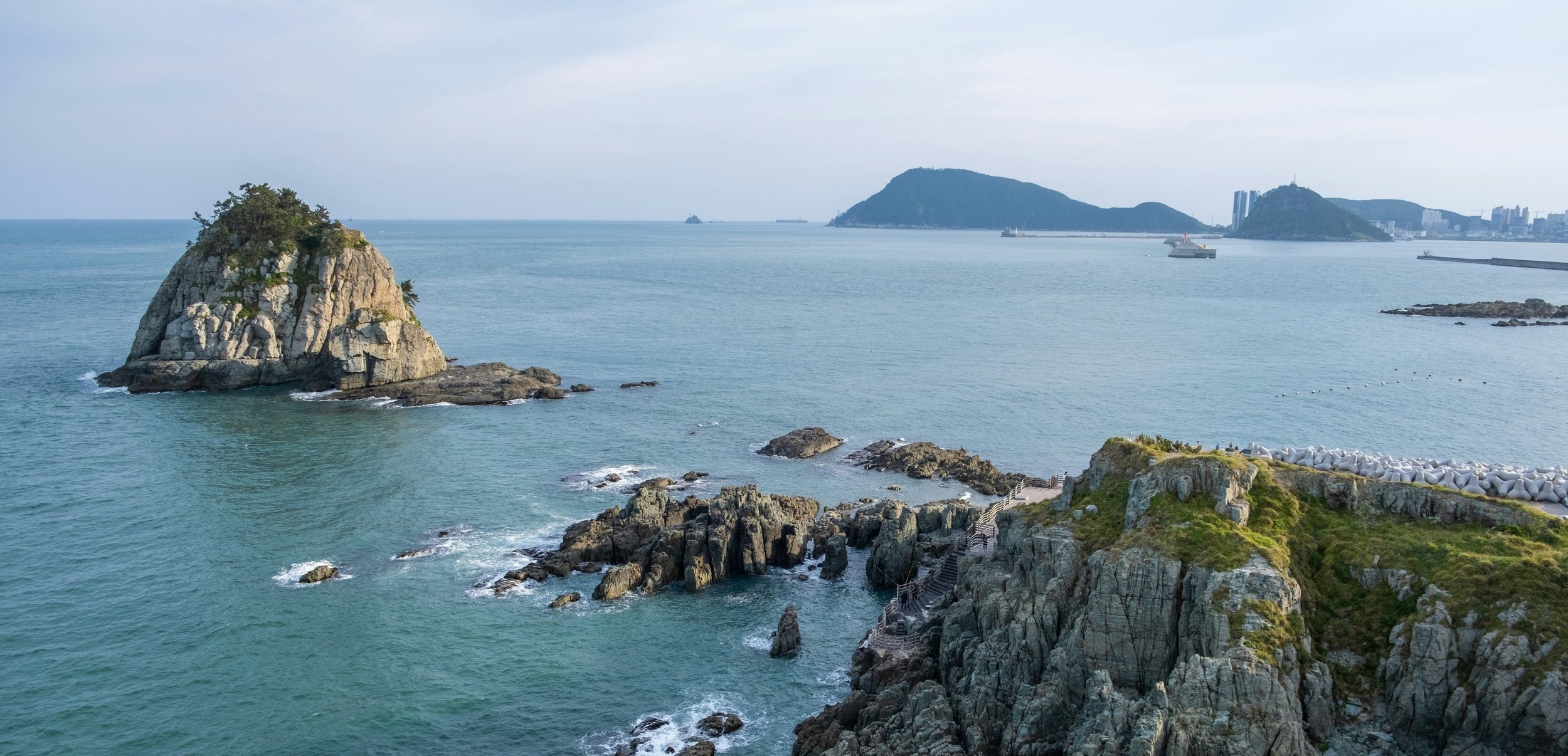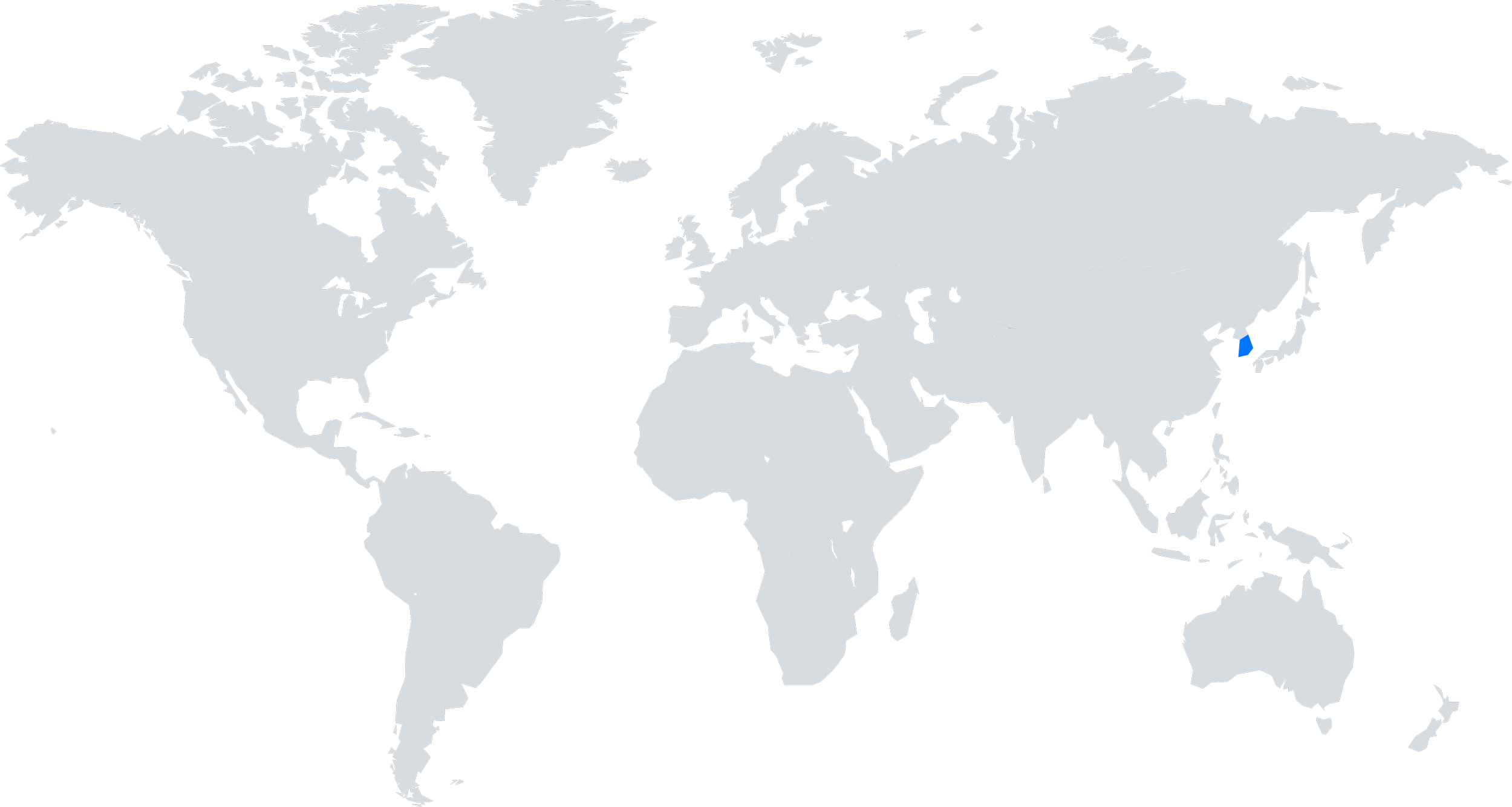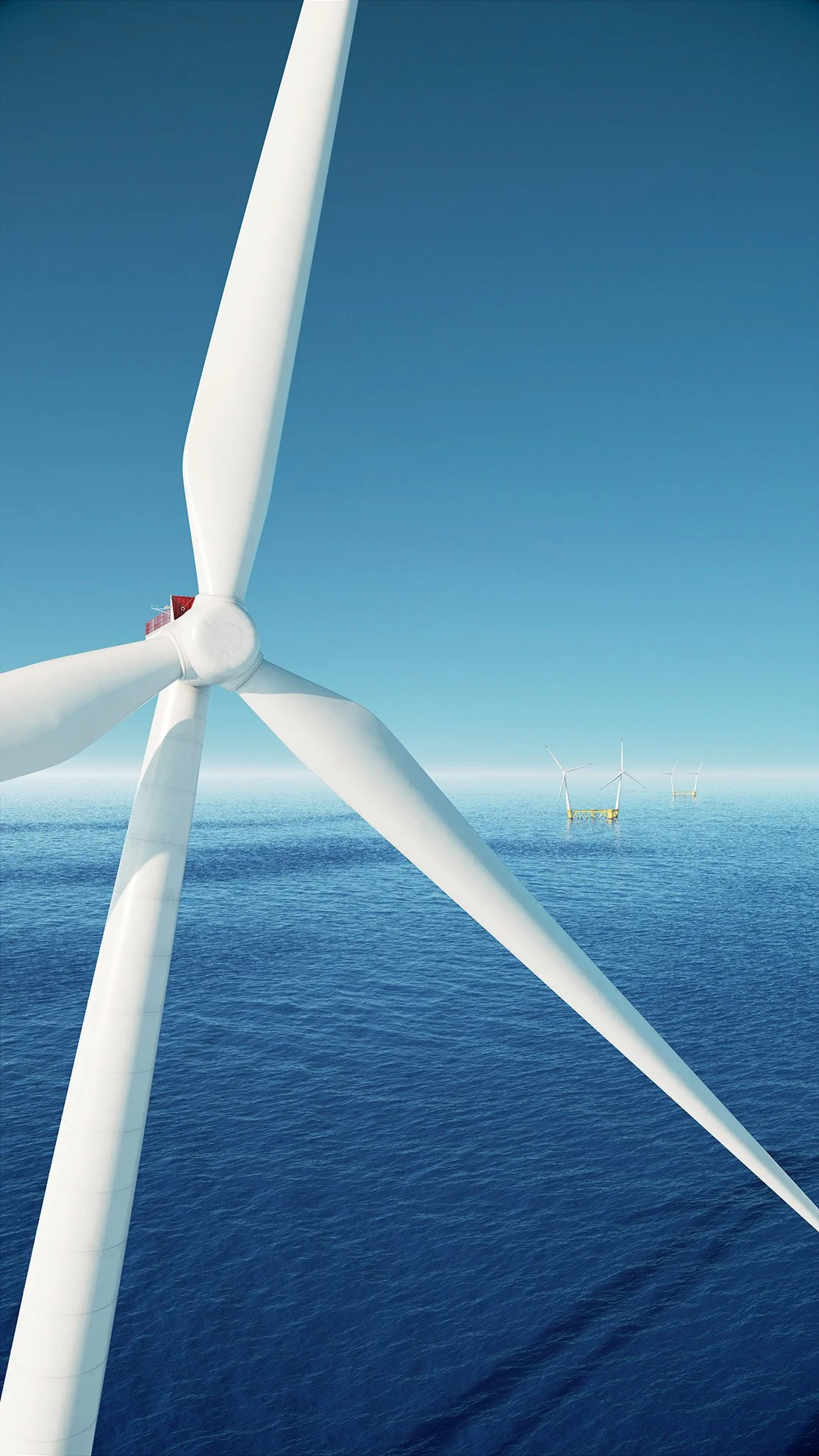
SOUTH KOREA
HEXICON IN SOUTH KOREA
Discover Hexicon’s floating offshore wind projects in South Korea, a key market aiming for 18,3 GW of offshore wind by 2030.
THE FLOATING OFFSHORE WIND MARKET IN SOUTH KOREA
South Korea aims to raise renewables’ share to 20% by 2030 and up to 35% by 2040, with the ambition to become carbon neutral by 2050. With a focus on solar and wind power, the country plans to install 42.7 GW of new solar and wind capacity by 2025. Due to the terrain, the only viable option to increase emission-free large energy output within 10 years is offshore wind, as solar and onshore wind are limited. The government does not expect more nuclear to be installed before 2037. Therefore, South Korea’s ambitious targets make it a key market for floating offshore wind, and Hexicon is at the forefront of this opportunity
PROJECT PLANNING IN SOUTH KOREA
South Korea’s Offshore Wind Power Competitive Bidding Roadmap accelerates offshore wind develeopment, aiming for 18.3 GW by 2030. In August 2024 the South Korean government announced separate auctions for floating wind in 2025-2026. Streamlined permitting processes and a two-stage bid evaluation offer a clearer path for developers to advance projects quickly and efficiently, which opens up great opportunities for Hexicon.
HEXICONKOREA AND MUNMUBARAM
Hexicon is involved in two companies in South Korea, HexiconKorea and MunmuBaram, aimed at developing large-scale floating offshore wind projects.
HexiconKorea, a partnership with Coens, offers support for the floating offshore wind market through staffing and service agreements. Meanwhile, MunmuBaram*, is advancing a 750 MW project off the coast of Ulsan, targeting significant renewable energy production for millions of households. Both ventures are pivotal in supporting South Korea’s renewable energy transition.
*On February 22, 2024, Hexicon signed a Sales and Purchase Agreement with Shell to acquire full ownership of the MunmuBaram project. Following regulatory approval from the South Korean Electricity Regulatory Commission (KOREC), Hexicon formally took over operations on November 28, 2024, marking a key milestone in the project’s development and long-term strategy.
OUR SOUTH KOREAN PROJECTS
MUNMUBARAM
The MunmuBaram project was established by Hexicon in 2018. In 2019, Shell acquired 80% of the stakes in the project. However, in November 2024, Hexicon acquired full ownership of MunmuBaram. The project area is located between 65 to 80 kilometres off the coast of the city of Ulsan in southeast South Korea.
In 2022, the South Korean Ministry of Trade, Industry, and Energy granted the project three electricity business licenses (EBLs) to progress the development. The project targets an output of 750 MW and aims to be a commercial-scale floating wind farm delivering clean and affordable electricity to many Korean households and industries.
KEY FACTS
JV MunmuBaram
PARTNER (Previously Shell)
CAPACITY Up to 750 MW
HEXCION SHARE 100%
LATEST MILESTONES
Since 2019, the MunmuBaram project has been laying the groundwork through wind measurement campaigns and site assessments. In September 2021, MunmuBaram became the first floating offshore wind developer in South Korea to complete the required geotechnical and geophysical surveys. In 2022, Vestas was selected as the preferred turbine supplier, including a 20-year service and maintenance contract.
In 2024, MunmuBaram received approval for its Environmental Impact Assessment (EIA) from Korea’s Ministry of Environment and Ministry of Trade, Industry, and Energy. This was a critical milestone, as approval is required to participate in South Korea’s upcoming offshore wind auction system.
A major development followed in November 2024, when Hexicon acquired full ownership of MunmuBaram, completing the purchase of Shell’s shares. The South Korean Electricity Regulatory Commission (KOREC) approved the transfer of two out of three Electricity Business Licenses (EBLs), allowing Hexicon to take full control of the project and move it forward.
The next milestone is securing a Transmission Service Agreement (TSA) with the local grid operator, along with preparing for the upcoming floating offshore wind auctions in South Korea. The project continues its accelerated development both on the technical and permitting fronts.
YEONGWANG
YEONGWANG: In 2022 Hexicon divested its shares in the Yeongwang YA02 project.
In June 2022 Hexicon Korea signed a Sales and Purchase Agreement with an undisclosed energy company for the entire Yeongwang Project, an offshore wind project about 50 kilometres off the southwest coast of South Korea. HexiconKorea thereby sold off its 40 percent stake in the 1200 MW project.
Hexicon Korea is a joint venture between Hexicon and Korean company COENS Co, of which Hexicon holds 49%.
The purchase agreement was followed by a service contract agreement, under which Hexicon Korea will provide engineering services to the project from then on.
KEY FACTS
JV Hexicon Korea
PARTNER Undisclosed
CAPACITY 1200 MW
HEXCION SHARE 0% (sold 40%)
LATEST MILESTONES
The divestment of Hexicon’s project shares was carried out in June 2022.




